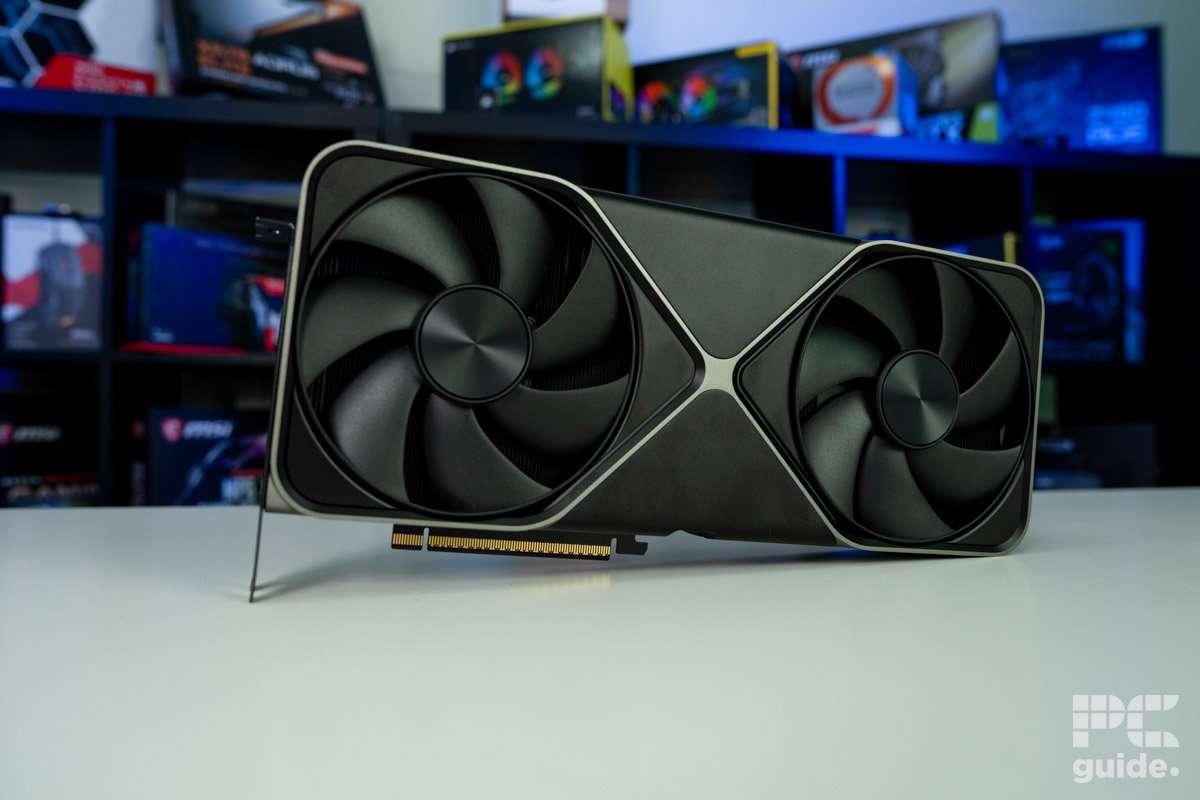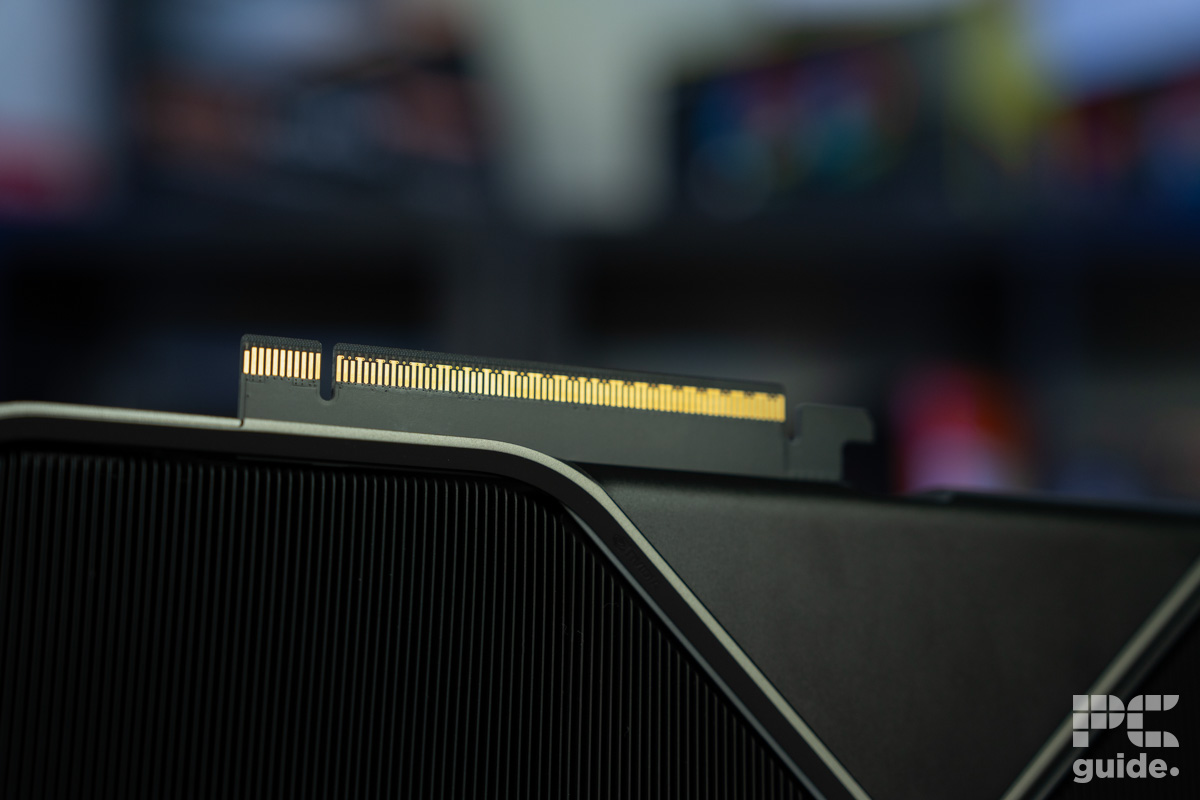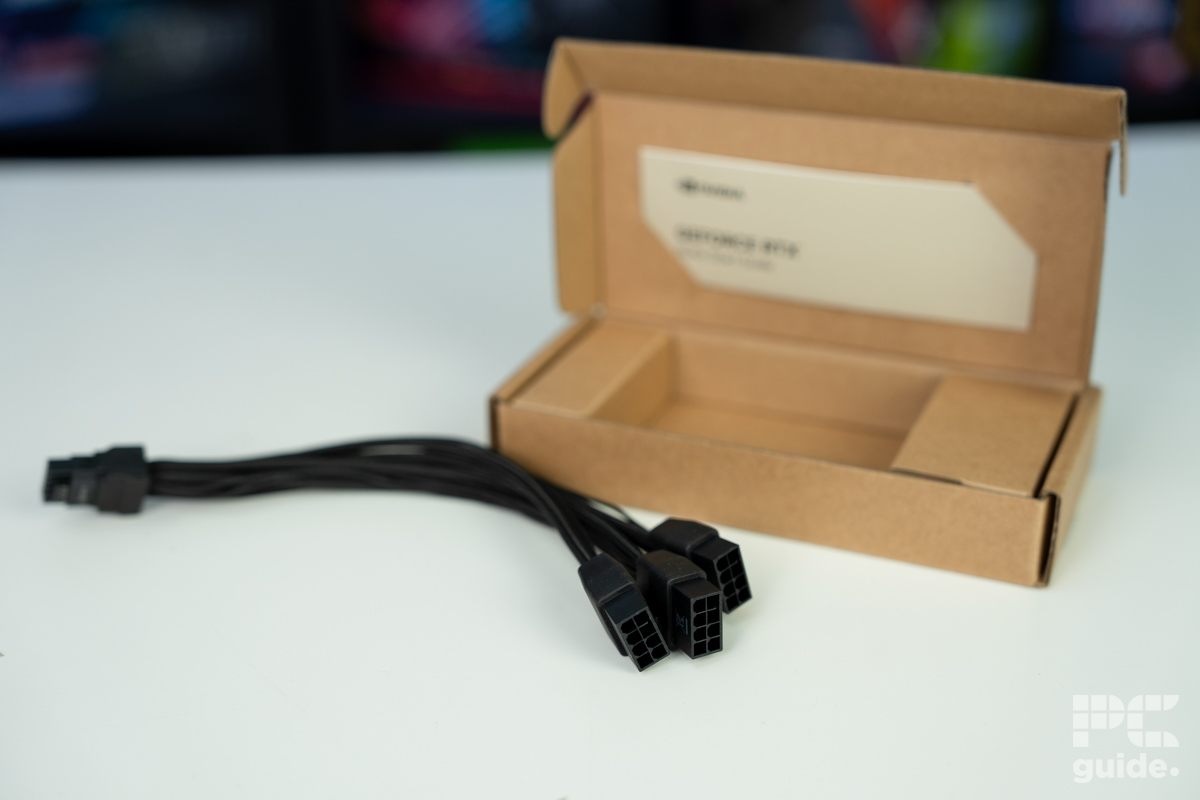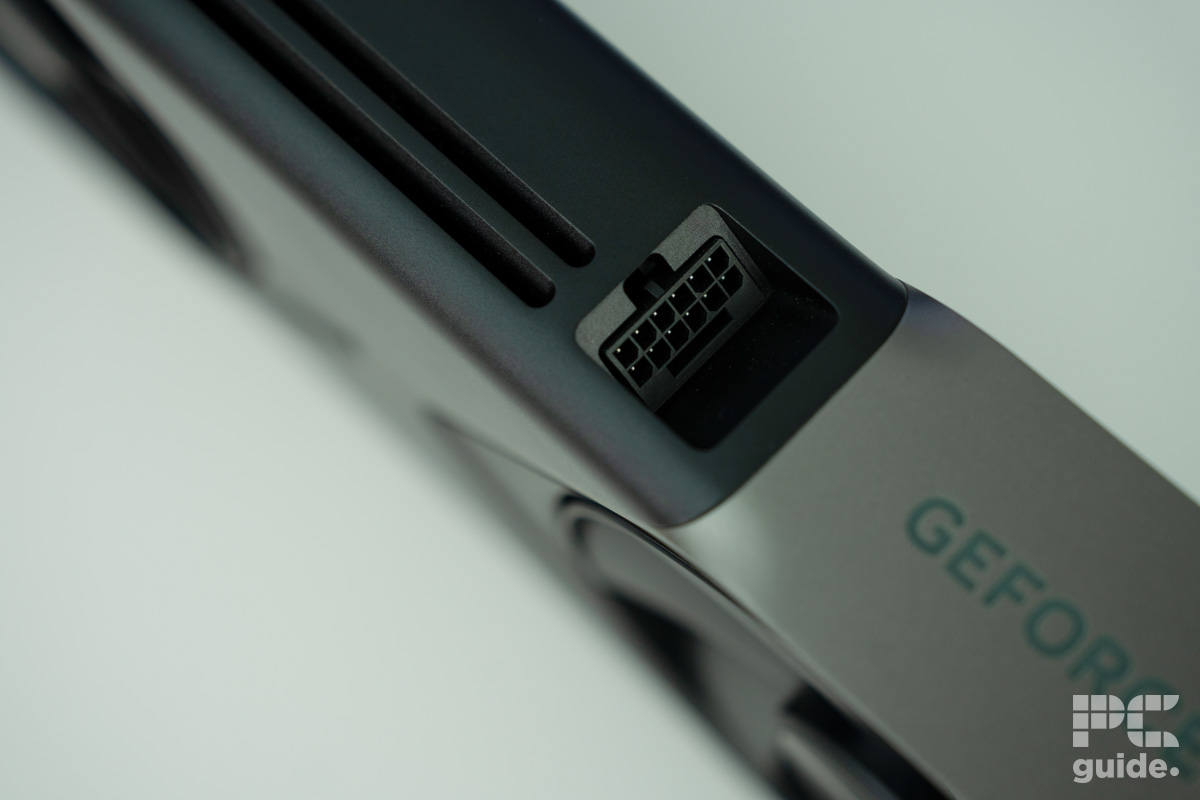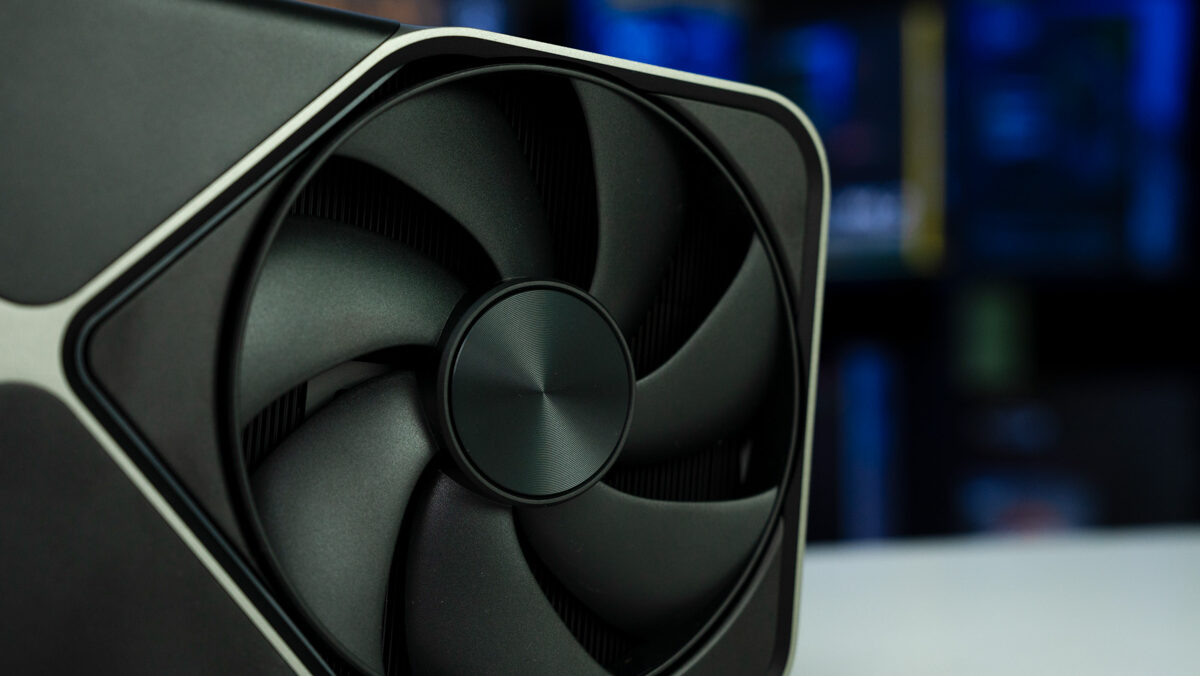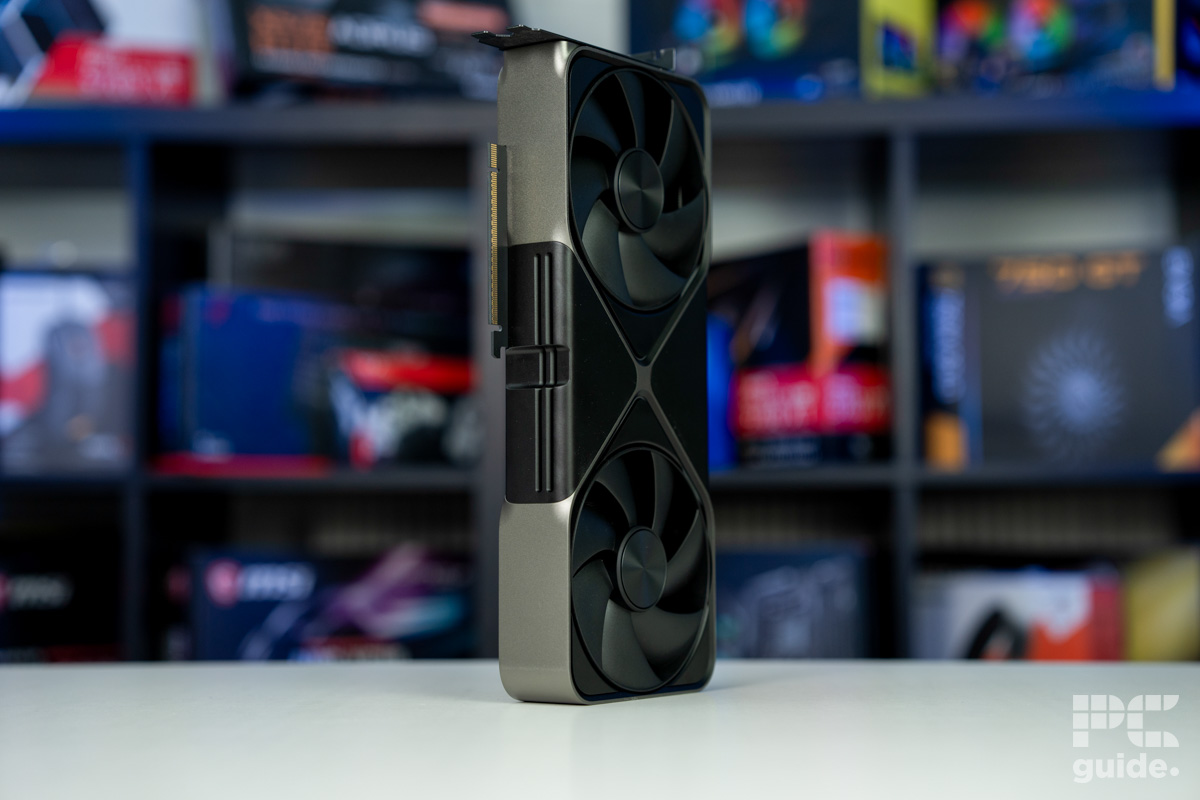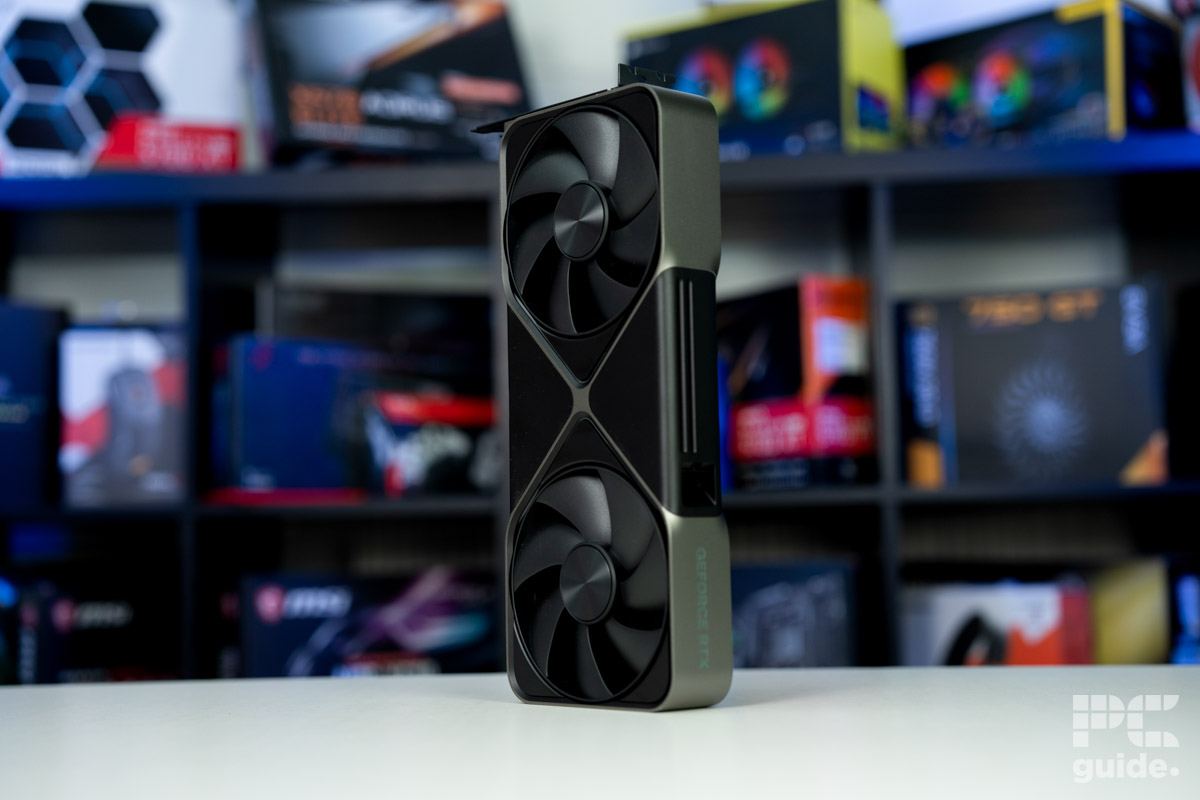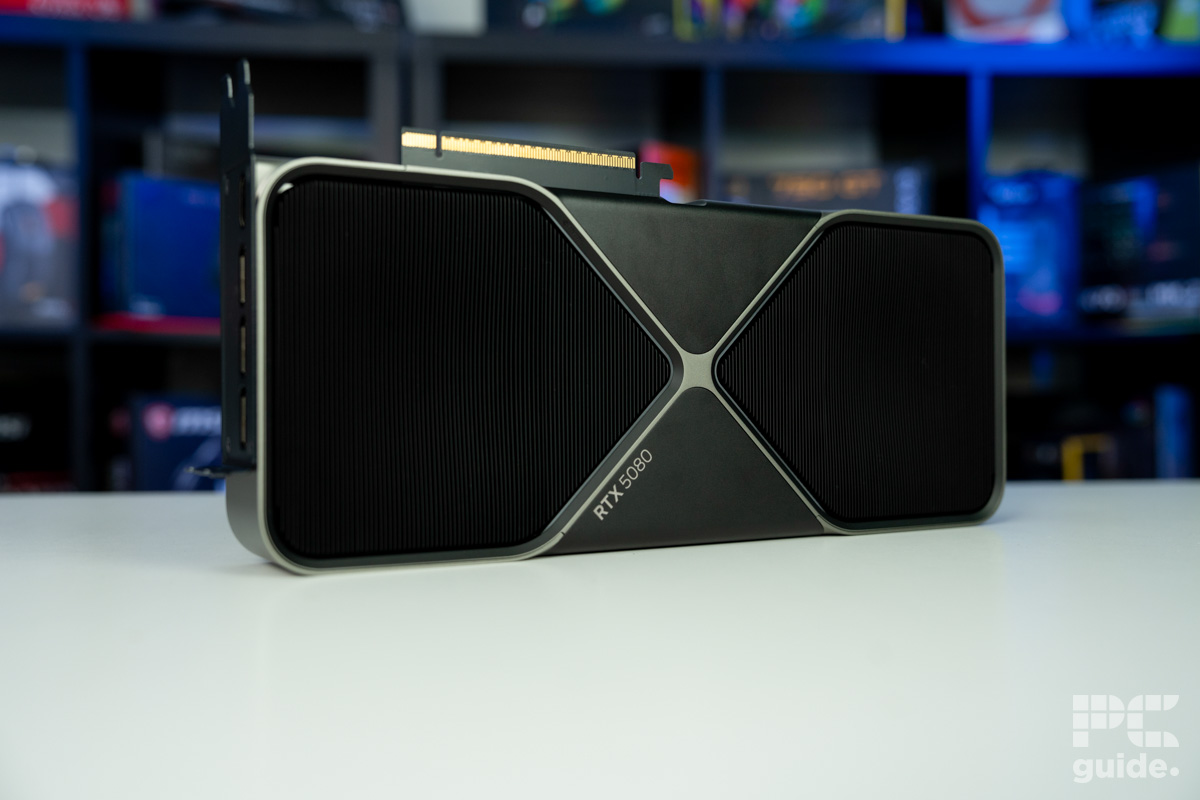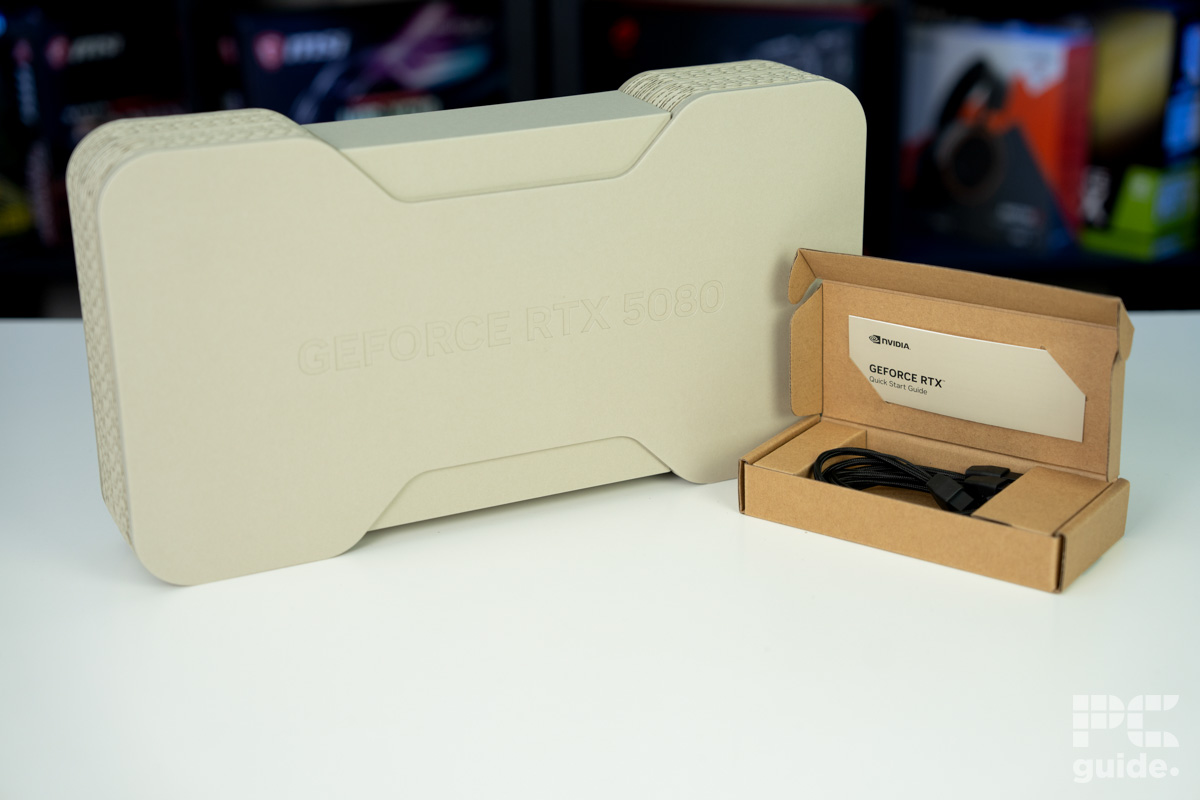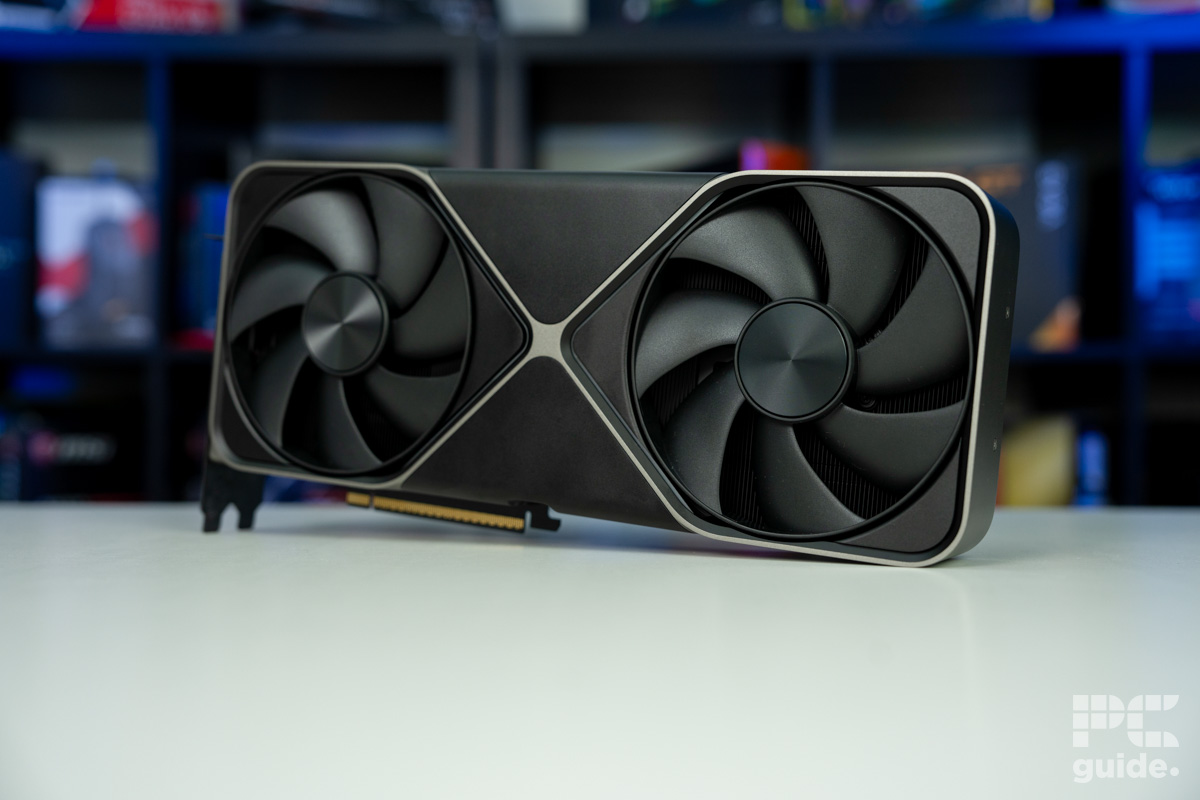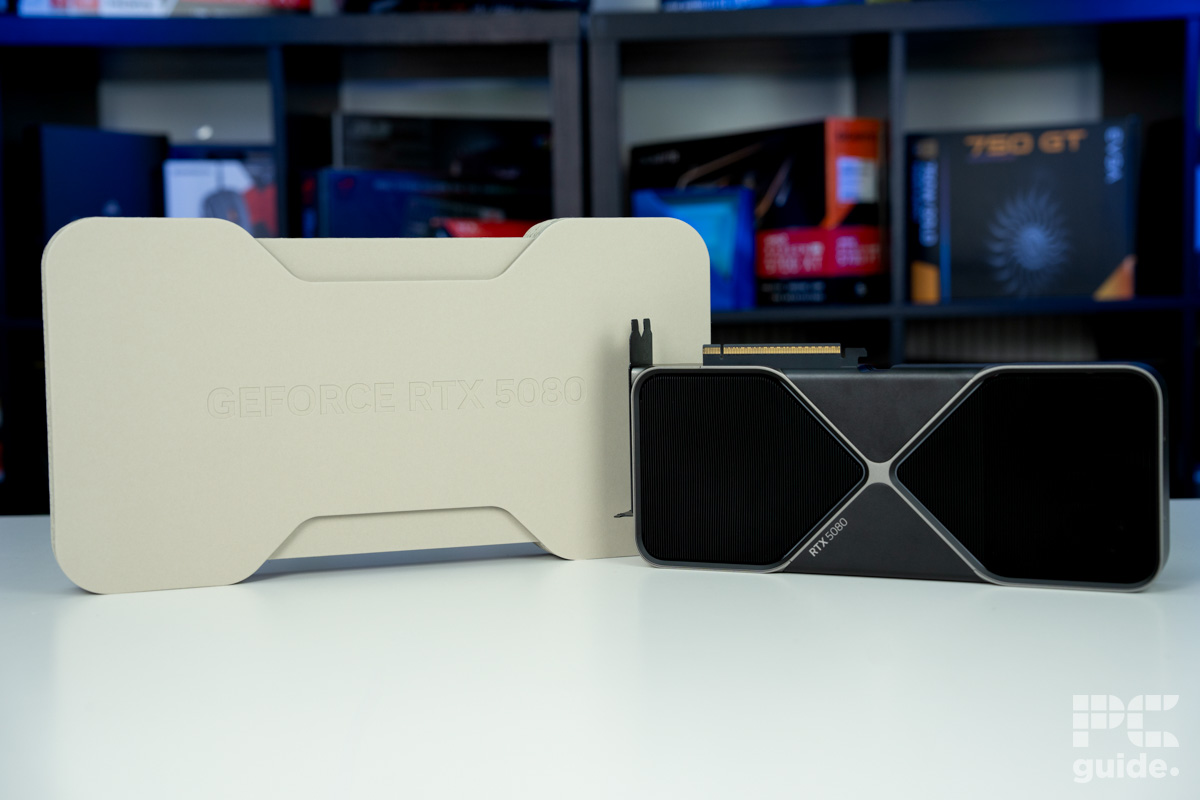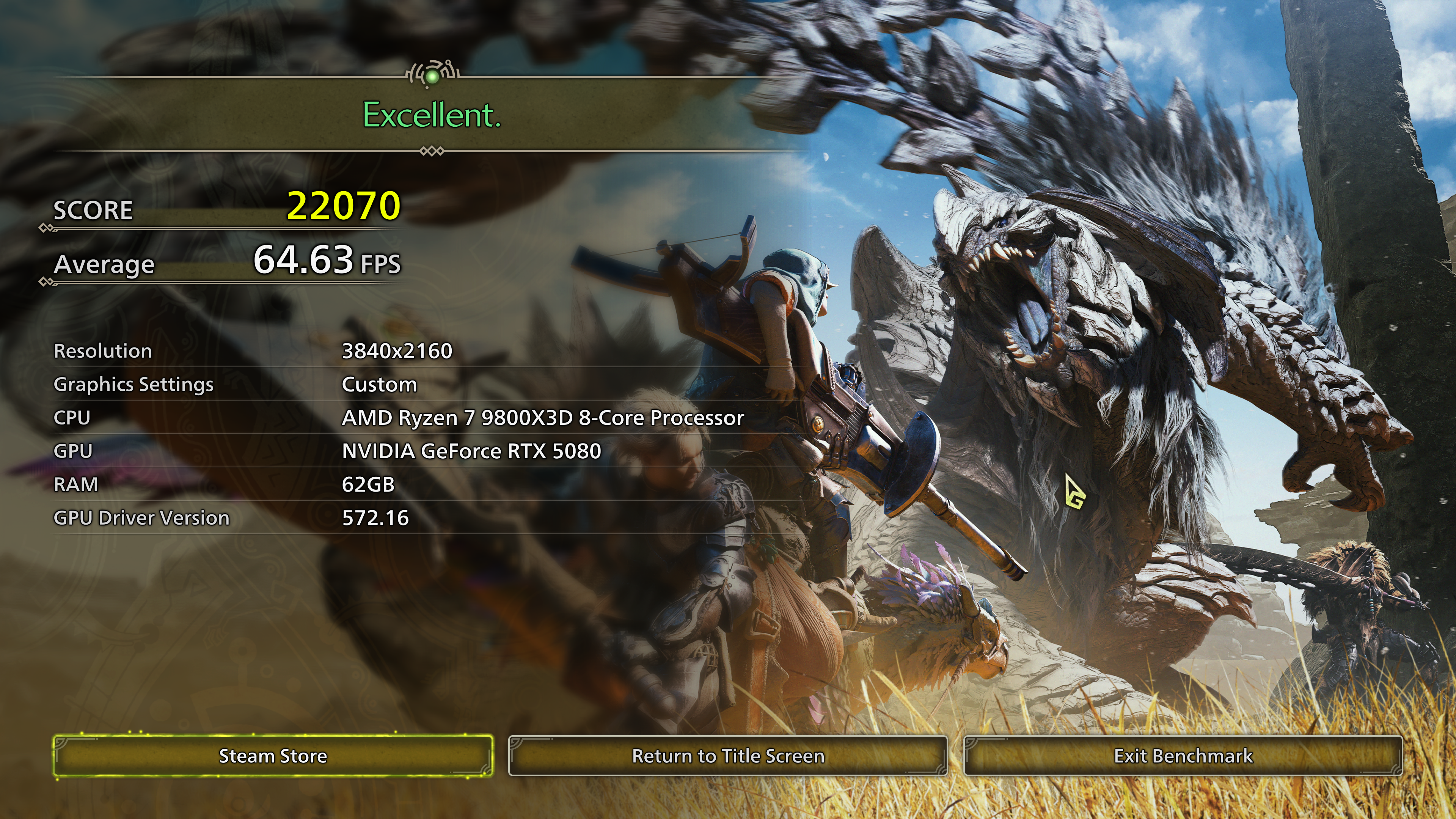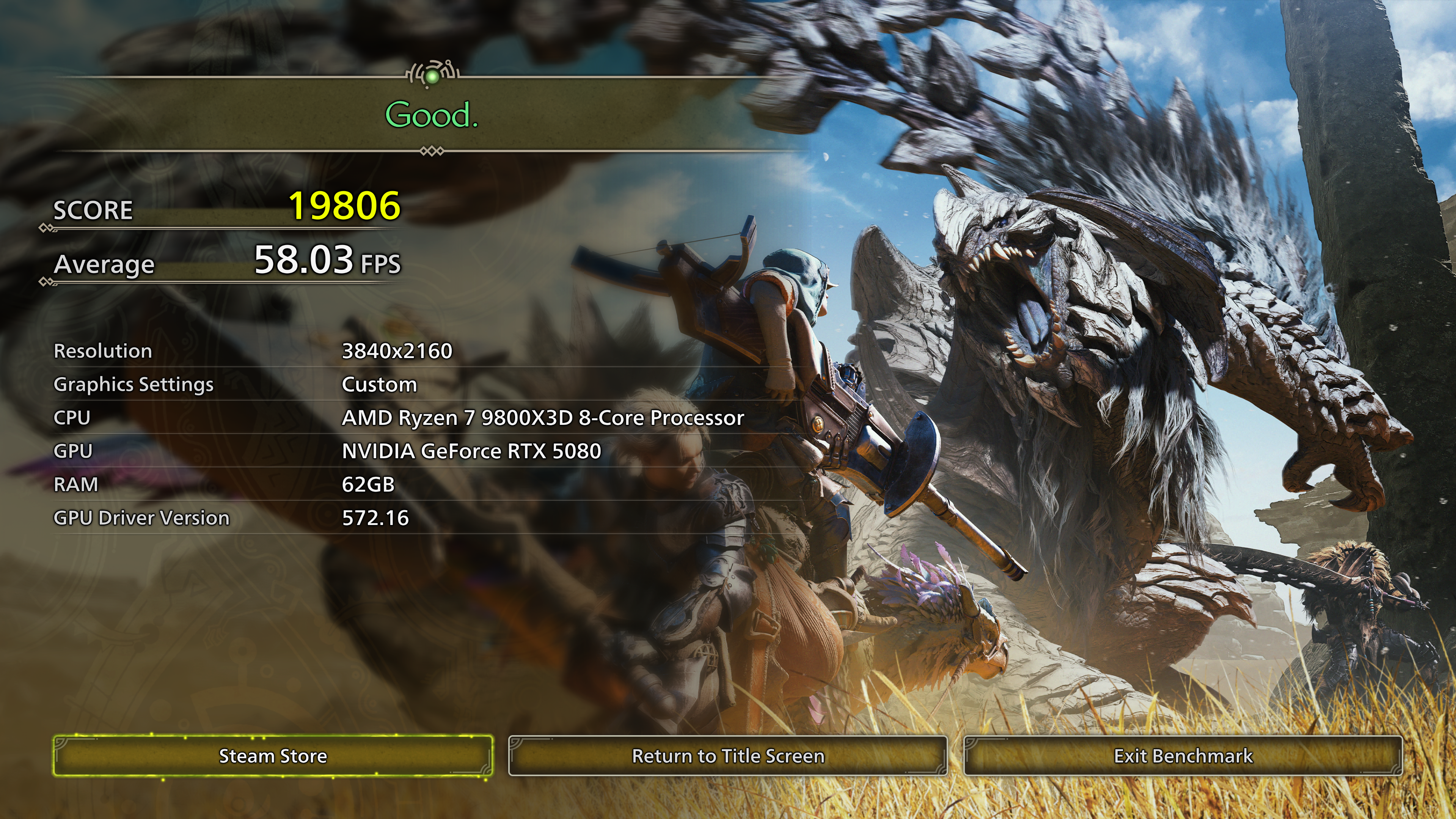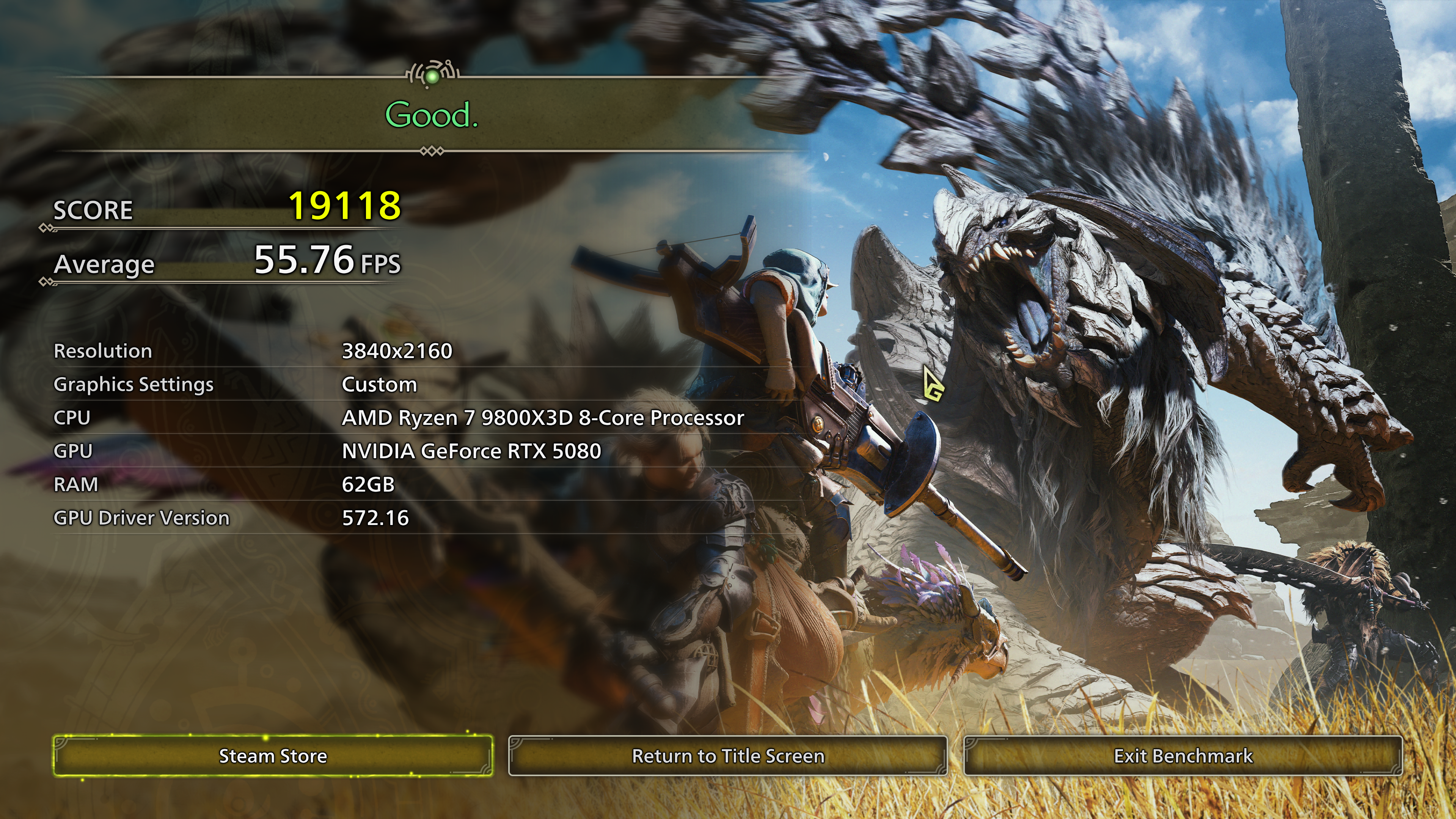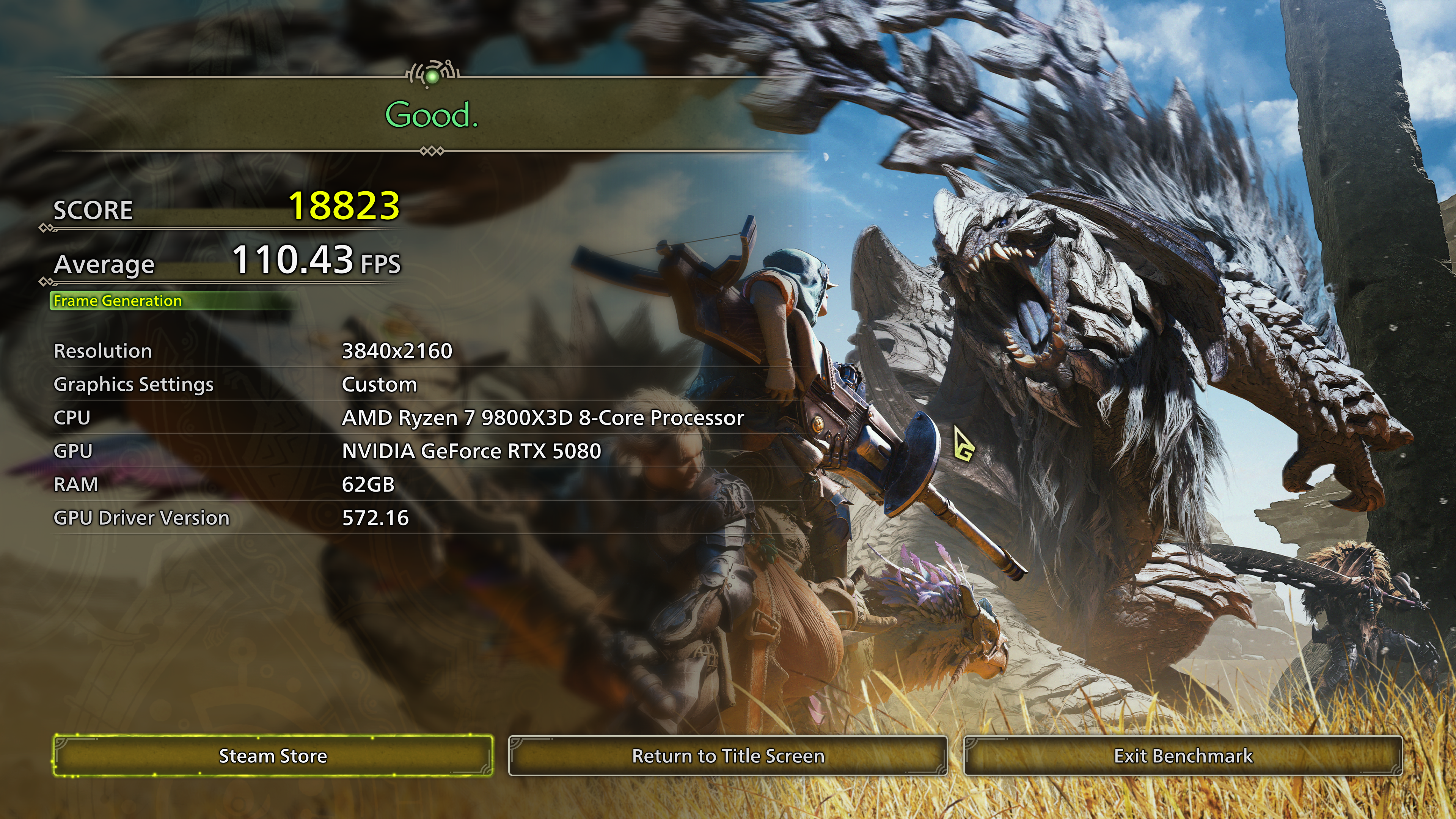We tested Monster Hunter Wilds on an RTX 5080 at 4K, here’s how it compares to the 5090
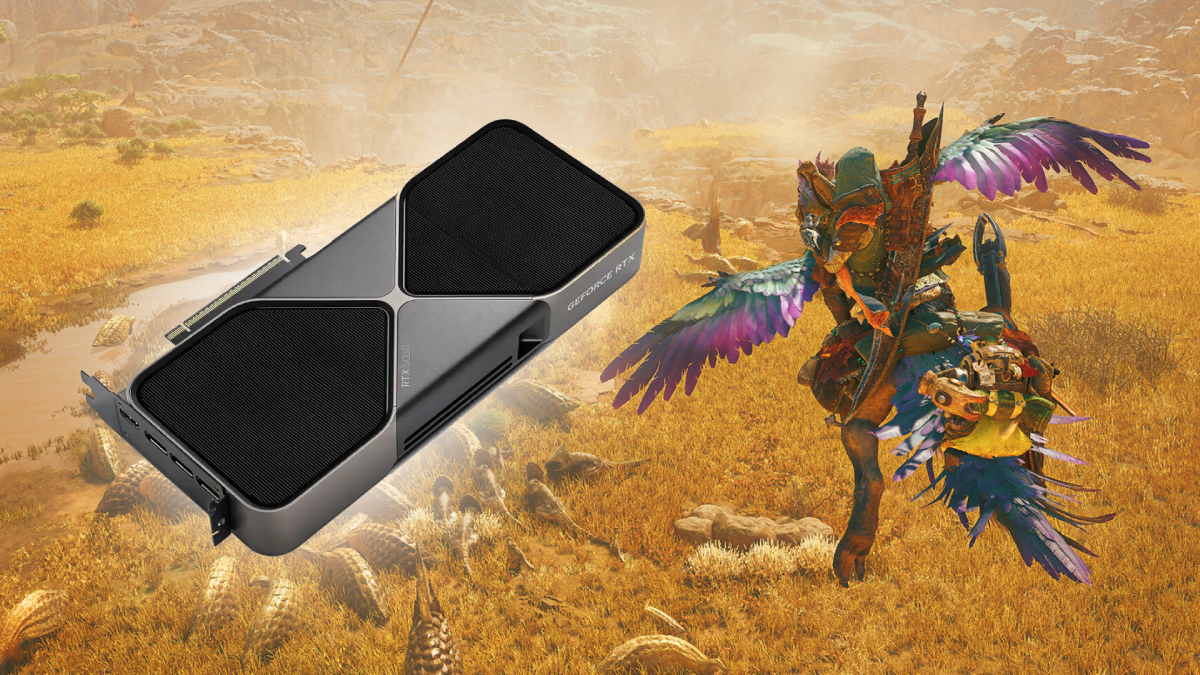
Table of Contents
Monster Hunter Wilds isn’t out until February 28th, but that doesn’t mean PC gamers aren’t already benchmarking it. Over on the Steam store page, Capcom has released a free benchmark tool ahead of launch. If you’re interested in picking this game up at all, it’s definitely worth checking it out to get an idea of how well MHW will run on your system.
The system requirements for the game look demanding at first glance, especially with upscaling and frame generation recommended for 60 FPS on most systems. With that in mind, we’ve tested the game with the RTX 5080 we’ve just reviewed. This GPU sits safely above the RTX 4070 Ti Super recommended for the ‘ultra’ preset, so let’s put it to the test in our testing lab.
Prime Day is finally here! Find all the biggest tech and PC deals below.
- Sapphire 11348-03-20G Pulse AMD Radeon™ RX 9070 XT Was $779 Now $739
- AMD Ryzen 7 7800X3D 8-Core, 16-Thread Desktop Processor Was $449 Now $341
- ASUS RTX™ 5060 OC Edition Graphics Card Was $379 Now $339
- LG 77-Inch Class OLED evo AI 4K C5 Series Smart TV Was $3,696 Now $2,796
- Intel® Core™ i7-14700K New Gaming Desktop Was $320.99 Now $274
- Lexar 2TB NM1090 w/HeatSink SSD PCIe Gen5x4 NVMe M.2 Was $281.97 Now $214.98
- Apple Watch Series 10 GPS + Cellular 42mm case Smartwatch Was $499.99 Now $379.99
- ASUS ROG Strix G16 (2025) 16" FHD, RTX 5060 gaming laptop Was $1,499.99 Now $1,274.99
- Apple iPad mini (A17 Pro): Apple Intelligence Was $499.99 Now $379.99
*Prices and savings subject to change. Click through to get the current prices.

- GPU: GB203
- CUDA Cores: 10752
- VRAM: 16GB GDDR7
- Memory Bus width: 256 bit
- Base Clock speed: 2295 MHz
- Boost Clock speed: 2617 MHz
Monster Hunter Wilds benchmarked on the RTX 5080
Although we don’t have an RTX 5090 for testing, we have the next best thing; an RTX 5080 paired with the best gaming CPU on the market, the AMD Ryzen 7 9800X3D. This makes for as little bottlenecking as possible and really lets us flex the power of the 5080 for 4K gaming. Luckily, if you want to check out 5090 performance, people have been posting their scores online, including this Reddit post which claims the 5090 averaged 75.17 FPS at 4K native (DLAA) max settings.
Moving on to our testing with the 5080, here’s how it performed in a range of 4K tests. We used the maximum graphics settings for each benchmark, with the render scale set to 100%.
| RTX 5080 FE | 4K, native (FXAA + TAA), frame gen off, ray tracing off | 4K, native (FXAA + TAA), frame gen off, ray tracing high | 4K, native (DLAA), frame gen off, ray tracing high | 4K, DLSS Quality, frame gen off, ray tracing high | 4K, DLSS Quality, frame gen on, ray tracing high |
|---|---|---|---|---|---|
| Score | 22,070 | 19,806 | 19,118 | 26,030 | 18,823 |
| Average FPS | 64.63 | 58.03 | 55.76 | 76.60 | 110.43 |
Based on the RTX 5090 benchmark posted online, the RTX 5080 with the same settings is around 35% behind; this is when compared at max settings, native 4K DLAA with no frame generation. However, the RTX 50 series card definitely held its own in a range of our tests, handling ray tracing in Monster Hunter Wilds exceptionally well with very little hit to performance. It does sting a little to see that it doesn’t quite average 60 FPS when maxed out at 4K native though.
On the bright side, the DLSS feature suite allowed for massive frame rate gains, especially with frame generation turned on. It’s worth noting that MHW is not currently on Nvidia’s list of DLSS 4 games, meaning we weren’t able to harness the power of Multi Frame Generation, just regular-old frame gen you may know from the RTX 40 series.
Overall, Monster Hunter Wilds is shaping up to be your average AAA title these days – difficult to run at native resolution for many people, and reliant on upscaling or frame generation for 60 FPS on a GPU which should probably be doing better at 4K.


